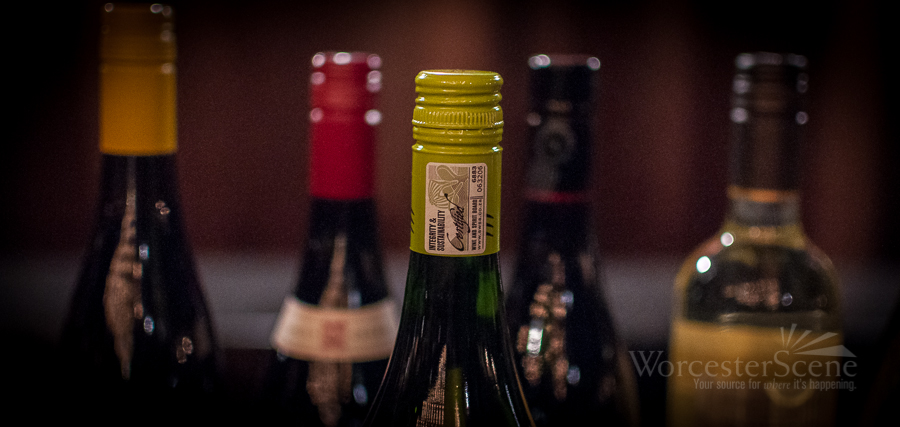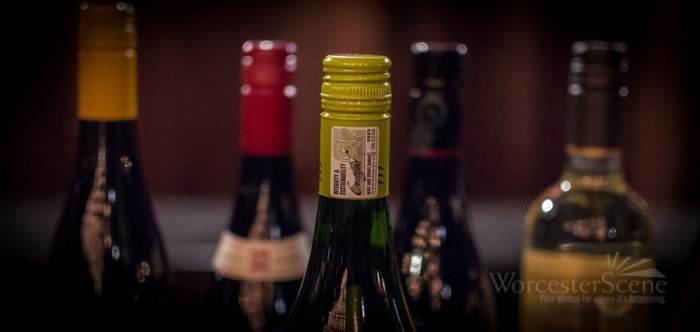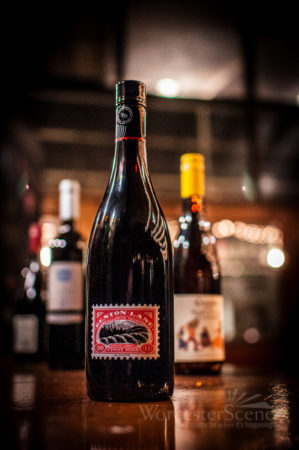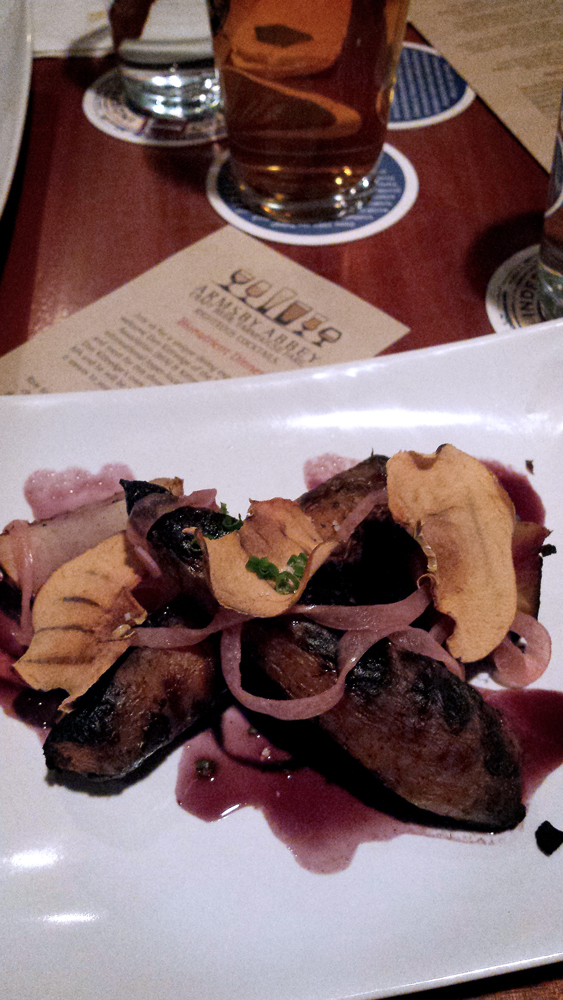
Can healthy food be full of flavor? Turns out, most of us don’t even know how good it could be.
Grocery store food and restaurants that buy from big distributors like Sysco may be dulling our taste buds and lowering our standards. These options may be more convenient, and most likely it’s cheaper when you don’t have to pay your restaurant to grow the food as well prepare it, but Dan Kittredge, founder of Bionutrient Food Association and activist, taught us on Tuesday night at Armsby Abbey’s Bionutrient-grown four-course dinner precisely what we’re missing.

Kittredge’s credentials are pretty legit. He grew up on an organic farm and he lives on a farm with his wife and children. More than that he told me his kids fight over the broccoli he grows. I like a good broccoli with lemon, garlic and a sprinkle of Romano, but I rarely, if ever, elbow out the competition to snag broccoli served straight up.
According to Kittredge, we’re missing out on more than just flavor, average nutrient levels of crops over the last 80 years have been decreasing from 25 to 85 percent based on the U.S. Department of Agriculture’s reports. At the same time, Kittredge says, we’re seeing degenerative diseases in humans, which can be linked to nutritional deficiencies in crops.
Turns out, the better produce and food tastes, the higher the level of nutrients it holds.
His organization, the Bionutrient Food Association, is a national association of voting members who agree to increase quality in the food supply through advocacy and farming-practices.
The BFA travels around teaching farmers a high-functioning biological system focused on the soil because the soil determines the vigor, vitality, yield production, pest and disease resistance, the nutrient level of the crop, the flavor and the shelf life.
 In addition to being an important resource for improving soil health and building a foundation for nutrient rich crops, the method BFA teaches farmers is a carbon-negative technology that would lead to a net withdrawal of CO2 from the atmosphere, while producing and consuming energy.
In addition to being an important resource for improving soil health and building a foundation for nutrient rich crops, the method BFA teaches farmers is a carbon-negative technology that would lead to a net withdrawal of CO2 from the atmosphere, while producing and consuming energy.
Stop me if you’ve heard this one. The excess of carbon dioxide (CO2) in the Earth’s atmosphere is warming the planet and increasing the severity and intensity of extreme weather events because the atmosphere can only absorb so much of this greenhouse gas, excess CO2 is dissolving into our oceans, causing them to acidify. Ocean acidification not only harms marine life, it puts food webs at risk.
The proliferation of bionutrient crop production would solve this problem in three and a half years, says Kittredge. That seems slightly more compelling than Al Gore’s post-presidential defeat beard-growing days when he asked us to change our lightbulbs in the PowerPoint presentation turned Oscar-winning documentary an Inconvenient Truth.
When I spoke with Kittredge, he was on his way to speak at the United Nations with Al Gore’s daughter, Karenna Gore.
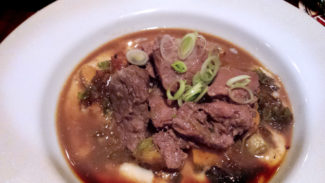
His plan is to go all around the country and proselytize so farmers will not have to rely on giants like Monstanto, which produces and sells controversial insecticides and bovine growth hormone. He believes paying lobbyists to shut down Monstanto is a waste of time. Instead we should just make them obsolete, Kittredge says.
Kittredge along with his wife and kids live on a North Brookfield farm where they quite literally live off the fat of the land, and for a night we did too.
For Tuesday night’s dinner, Armsby Abbey Chef Damian Evangelous used all produce and meat sourced from the Kittredge farm to make an incredible meal.
While the food was spectacular, the tastes weren’t all that different from what you would expect from a farm-to-table restaurant. The most remarkable aspect of the meal was how I felt afterward. Most dining-out experiences lead me to a swift coma-like ascension. Thanks to a meal devoid of processed foods and cane sugar, I felt energetic after eating four courses.
The dinner consisted of:
Course One: Raw tomatoes, roasted red and yellow peppers, cherry tomatoes and mixed baby greens dressed in a watermelon vinaigrette finished with crispy onions and aged goat cheese in what Evangelous dubbed the final farewell to summer.
Course Two: Charred beef tallow cooked vegetables with a vegetable reduction, apple chips and pickled onions.
Course Three: Slow cooked beef with a puree of potato and rutabaga, maple caramelized leeks, Brussel sprouts and winter squash in a beef reduction.
Course Four: Caramelized butternut squash with apple butter, aerated butternut and roasted apple custard, crispy butternut crumbs and brown butter.
While Kittredge’s mission may seem like a political battle, it’s a bipartisan issue. Believing in Global Warming or not, the stakes are indisputably important to anyone who eats food.
People don’t have to buy the farm or give up all indulgences. But listening to Kittredge, I saw a pretty cool future if his plan works. We could live in a world where tomatoes smell like tomatoes and kids fight over broccoli.


